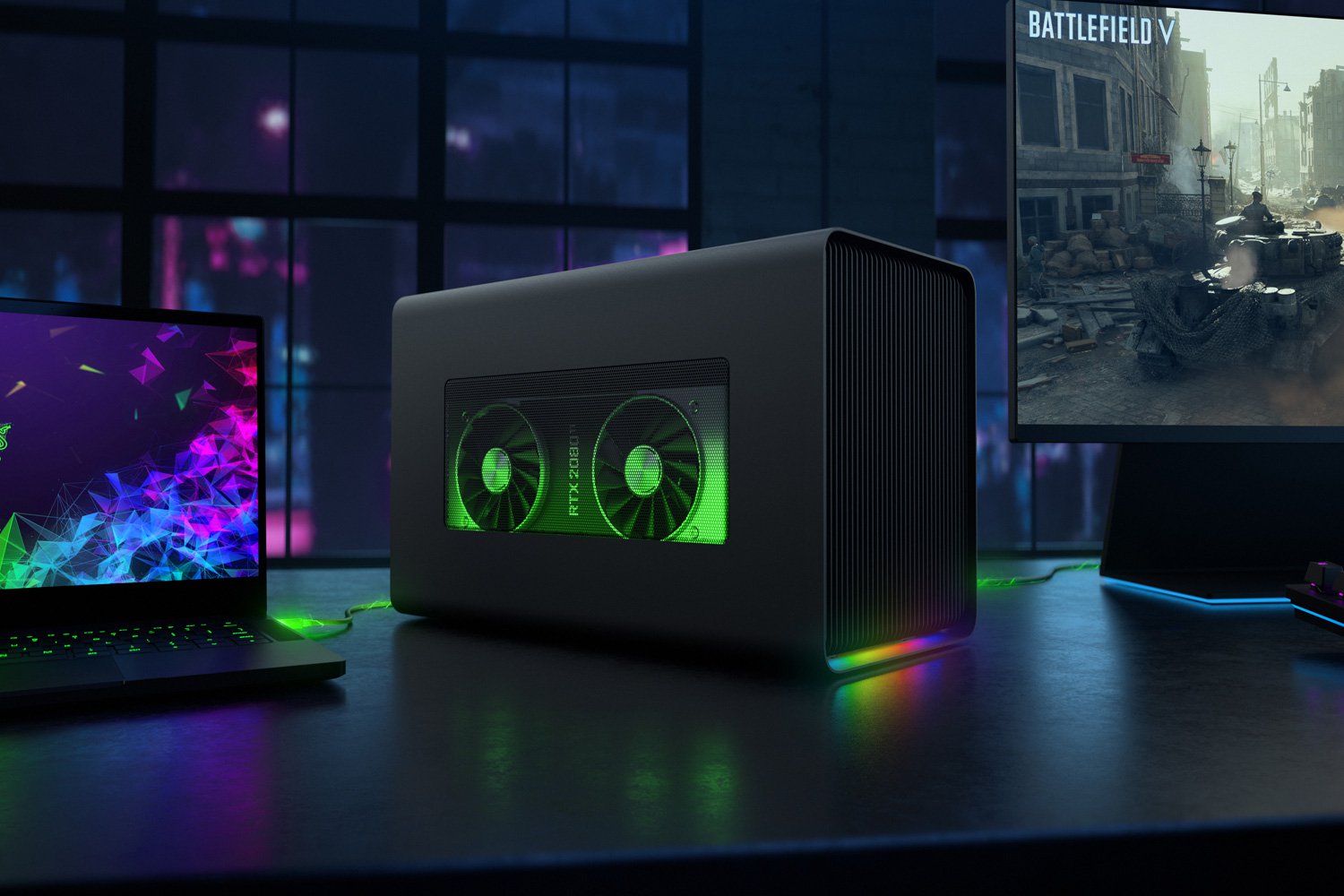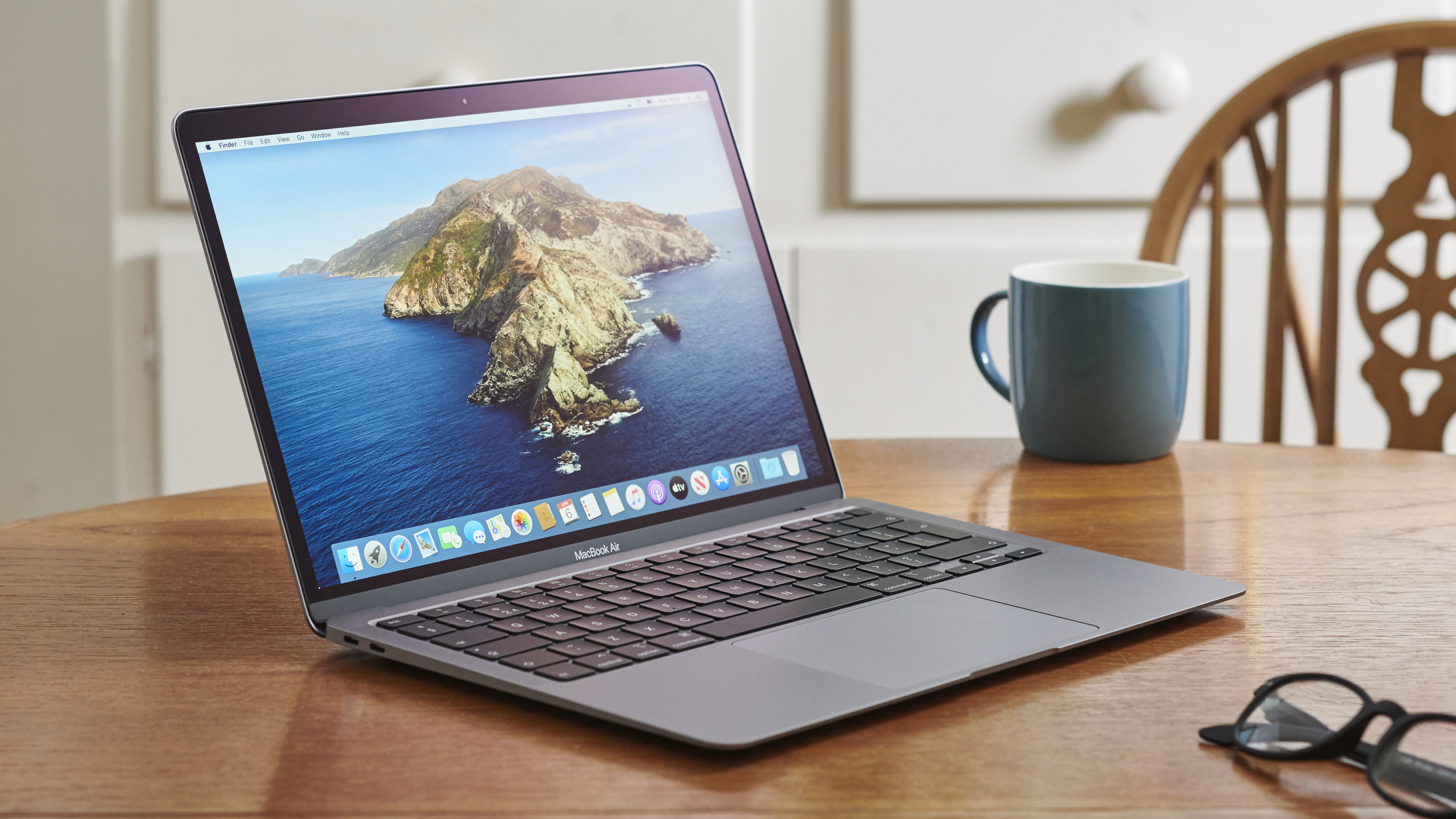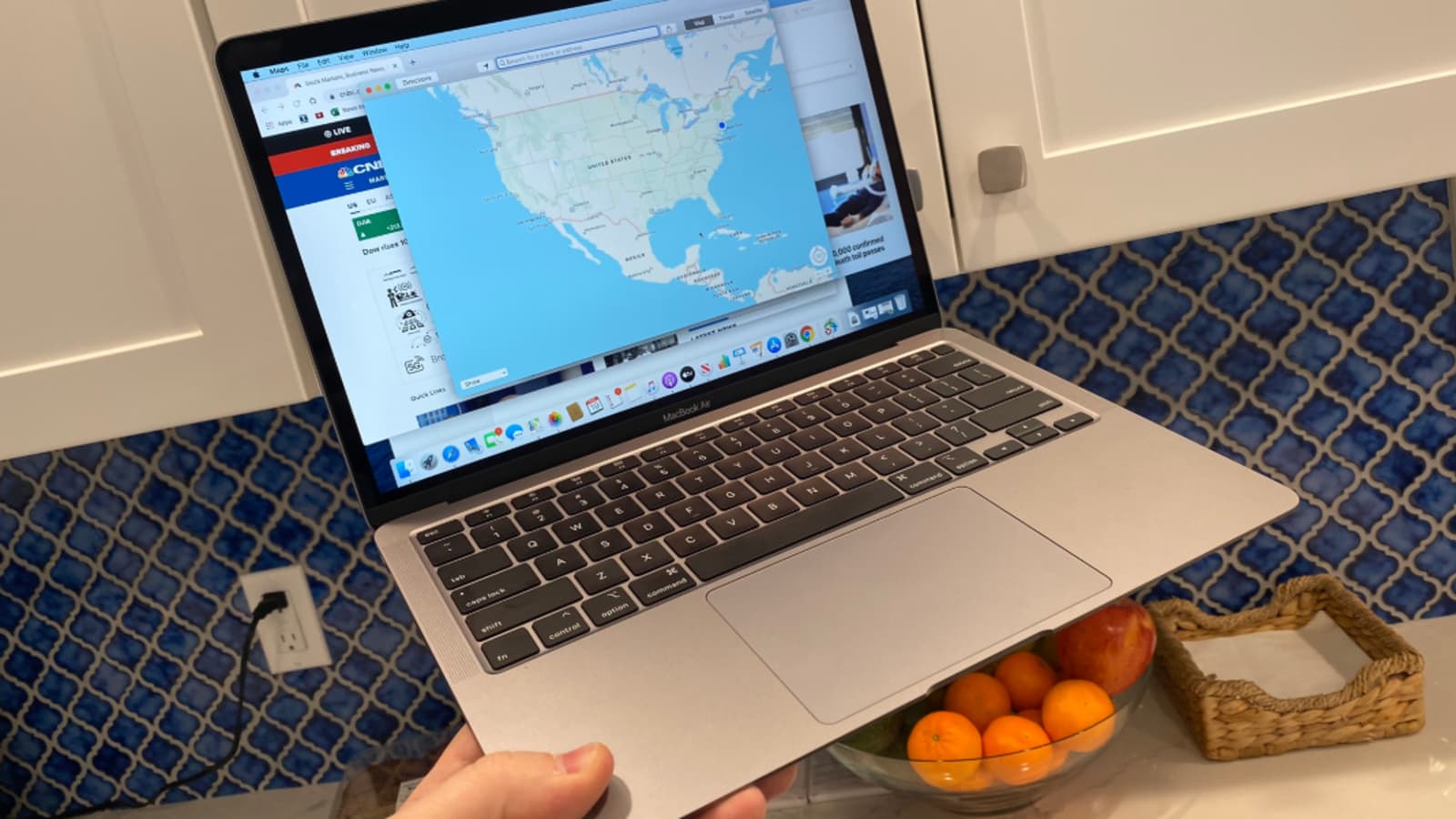Gameplay Need for Speed Most Wanted Mac. But first, let’s describe the game we cracked and unlocked for you today. Need for Speed Most Wanted is re-freshed version of the most popular racing title ever created by Electronic Arts. To access and use all the features of Apple Card, you must add Apple Card to Wallet on an iPhone or iPad with iOS 12.4 or later or iPadOS. To manage Apple Card Monthly Installments, you need an iPhone with iOS 13.2 or later or an iPad with iPadOS 13.2 or later.
USB port types and names
USB (Universal Serial Bus) is an industry standard for connecting computers and other devices. It's available with many types of ports, and each type has a unique shape. On Mac computers, USB is available with these ports, depending on your Mac model:
USB-A
Type USB-A ports are commonly called USB, USB 2, or USB 3 ports, depending on the USB specification they support. They aren't reversible, so a USB-A connector plugs into the port only when oriented correctly.
USB-C
Type USB-C ports are available as either standard USB-C ports or Thunderbolt 3 ports that also support USB-C connections. They both look the same, and the connector plugs into the port in either orientation.
Learn more about identifying the ports on your Mac, as well as the adapters and cables you can use to connect older devices to type USB-C ports.
USB specifications
USB specifications are important primarily when you want the most speed and power for your USB device, or your device needs more power or is using too much power. Every USB port supports a particular USB specification, which determines the port's maximum>USB specifications on MacData transferPowerUSB 3.1 Gen 2
Also known as USB 3.2 Gen 2
Up to 10 GbpsUp to 15W at 5VUSB 3.1 Gen 1
Also known as USB 3.2 Gen 1 or USB 3
Up to 5 GbpsUp to 900 mA at 5VUSB 2.0
Up to 480 MbpsUp to 500 mA at 5VUSB 1.1
Up to 12 MbpsUp to 500 mA at 5V
To learn which specification is supported by a type USB-A or type USB-C port on your Mac model:
- Choose Apple menu > About This Mac, click Support, then click Specifications.
- Check the System Information app for more details, including about USB devices connected to USB ports on your Mac. Select USB in the sidebar, then select a USB bus on the right.
Get the best performance from your USB devices
USB specifications all work with each other, but speed and power are limited by the cable or device that uses the earliest specification. For example, if you connect a USB 3 device to USB 2 port, your device is limited to USB 2 speeds, and it can't draw more power from the port than can be delivered over USB 2. In other words, to get the best performance, make sure that the USB port on your Mac and the USB cable to your device meet or exceed the USB specification of the device itself.
If your Mac doesn't recognize a USB device after you plug it into your Mac:
- Check all connections: Unplug the device from your Mac, then plug it back in, and make sure that all cables and adapters are securely connected at both ends. Test with another cable or adapter, if available.
- Plug the device directly into your Mac instead of a USB hub or other device, and if necessary test with a different USB port on your Mac or device.
- Some devices need their own software, such as drivers or firmware. Others work without additional software. Check with the maker of your device, and install all available Apple software updates as well.
- If your device came with an AC power adapter, use it. Some devices can be powered by the USB port on your Mac. Others need more power than your Mac can provide.
- Restart your Mac.
Learn more
- USB 3 devices can create wireless interference that affects Wi-Fi and Bluetooth devices. Learn how to resolve Wi-Fi and Bluetooth issues caused by wireless interference.
- Mac notebook computers with USB-C or Thunderbolt 3 can charge over that port using a compatible USB-C power adapter and cable.
Here we are again, less than one month after Apple's September 15 event. Next Tuesday, October 13, Apple representatives will take to the streaming stage to announce new products in an event the company has monikered 'Hi, Speed.' But what can we expect from the event?
Normally, Apple launches iPhones at a September event, but it didn't this year, possibly because of COVID-related delays in its testing of the new devices. Rather, the September event was primarily about the Apple Watch (there was also a new, redesigned iPad Air, along with some services announcements and a slightly modified non-Air, non-Pro, non-mini iPad).
All that is to say that iPhones are very likely to be the stars of Apple's October show. Let's get into what to expect from them—and what else we might see at the event.iPhone 12 and iPhone 12 Pro
If leakers, investigation into iOS 14 builds, and reports from generally reputable publications like Bloomberg are to be believed, we're in for the most significant iPhone overhaul in years—certainly since 2017's iPhone X.
While it's usually folly to try to get too predictive about what Apple means with its cryptic event names, 'Hi, Speed' is likely to refer to one or both of the following two things: the A14 chip and 5G connectivity. Both are expected in Apple's new iPhones.
The A14 was already introduced to the public when Apple announced the new iPad Air last month. The A14 includes a six-core CPU with two high-performance cores and four efficiency cores, as well as a custom GPU and a 16-core neural engine for machine-learning tasks.While it doesn't look like the A14 is dramatically faster than the A13 found in last year's flagship iPhones, it will continue Apple's lead in performance over most competing devices. As for 5G, Apple's competitors have already started jumping on that bandwagon of late, and Apple is expected to go all-in, offering 5G in all of its new iPhones this season.
5G is unlikely to make a big difference for most users right now, given the nascency of 5G networks in most places. But depending on its implementation in the iPhones, it might be good for the long term.
Reports have said that the new iPhones will come in four different models across three sizes. 2019's iPhone 11 will see two successors: one with a 5.4-inch screen, and the other at 6.1 inches. Meanwhile, the iPhone 12 Pro will be available in 6.1-inch and 6.7-inch variants.
All four models will adopt a design and aesthetic similar to the iPhone 4, iPhone 5, and recent iPad Pro and newly announced iPad Air in that they will have flat edges. The two lower-end models will be made of glass and aluminum, while the higher-end ones will be glass and stainless steel.
Below: The iPhone 11 Pro Max. The next high-end iPhone may be even bigger.
We're not sure what to expect in terms of camera features, other than the possibility that at least the higher-end phones will include the lidar sensor that appeared in this year's iPad Pro refresh. The sensor would support new or improved computational photography and augmented reality features and apps.
There's one other potentially bombshell bit of news about the new iPhones: analysts and leakers alike have been saying for months that EarPods, Apple's cheap wired headphones, would not be included in the box with any new iPhone. If true, Apple is likely to wrap this in an environmentally friendly, anti-waste justification, just like it did with omitting the charging brick from the new Apple Watch boxes.
Apple Silicon Mac
This June, Apple announced that it would begin (very gradually) moving away from Intel's CPUs in new Macs in favor of its own custom-designed, ARM-derived silicon similar to that found in the iPad Pro. It also said that the first of the Macs running on those chips (which are dubbed 'Apple Silicon') will arrive by the end of 2020.

That makes the Apple Silicon Mac the only already confirmed product we might see on October 13. However, there's no guarantee it will be at this event. The company could opt to announce it in November or December instead.
In any case, we don't yet know anything about the new Mac besides the fact that it will have Apple Silicon. Will it be a low-end MacBook or a beastly high-end machine? We'd bet the former—perhaps a return of the MacBook (sans 'Air' or 'Pro') product line. But that's just an educated guess.
Below: Photos from the Apple Silicon announcement at WWDC 2020.
Apple sent developers a machine made specifically for developing and testing Mac apps on Apple Silicon earlier this year—it was essentially a Mac mini with an iPad Pro chip inside it—but there's no evidence the device was a harbinger of which product will get a consumer release first.

An Apple Silicon Mac at the MacBook, MacBook Air, or Mac mini level would likely outperform low-end Macs with Intel CPUs (based on iPad Pro benchmarks). That means Apple's 'Hi, Speed' tagline could also apply to a new Mac.
Also—we're not adding a distinct section for this mystery item since, if it does happen, it's likely to be a minor specs bump and may not even be mentioned at the event—Apple is due to refresh the Intel-based, 16-inch MacBook Pro in the next month or two.
We believe it's unlikely that will be the first product to go Apple Silicon, though, given that the 16-inch MacBook Pro is widely used by content-creation professionals who rely on software that may not have been rebuilt for the new architecture yet.

AirTags
It's basically a running joke now that this might be the event where Apple finally announces AirTags, one of the company's all-time worst-kept secrets. But here it is again: this might be the time.
Based on leaks, reliable reports, and even evidence buried in iOS, AirTags would be Apple's competitor to Tile—little physical tags that you can track with location services like GPS. In one use case, you could attach an AirTag to a valuable to make sure you can find it if lost.
Early leaks suggested AirTags would also offer augmented reality features, allowing the owner to find them with a heads-up-display-like AR view on their iPhones, iPads, or (in the future) AR glasses. They might also work with the U1 ultrawide-band chip that has been somewhat mysteriously included in recent iPhones.

Need For Speed For Pc Download
AirPods Studio
A Bloomberg report a few months ago described new, over-ear headphones that would carry the Apple brand name, as opposed to Beats branding. They would probably come at a price point similar to that of the Beats Studio3 ($350).
Like their Beats brethren, the new Apple headphones (possibly called AirPods Studio) would feature superior active noise cancellation and sound quality compared to what we got in the in-ear AirPods Pro that launched last year. The same report claimed these new headphones will be modular, allowing users to swap out the ear pads, among other things.
Below: AirPods Pro.
We're unsure of the timeline for announcing these headphones, but alongside new iPhones would seem to be ideal.
Need For Speed For Macbook Pro
HomePod mini
We know even less about a new HomePod than we know about the new headphones, but reports from several publications and sources have said that Apple plans to introduce a smaller, cheaper HomePod to compete with lower-end speakers from Amazon and Google.

Currently, the HomePod is priced up against the most expensive offerings from those two competitors. Reviewers have generally said the HomePod was a winner in terms of audio quality but not smart speaker features.
Below: The original HomePod.
A cheaper speaker would likely sacrifice that audio quality to bring Siri to more people. But apart from privacy-policy differences, it's not clear why many consumers would choose a low-end HomePod with Siri over a Google Home speaker with Google Assistant or a device with Amazon Alexa given that those assistants are more useful and accurate than Siri at this time.
But, we might learn exactly what Apple's argument is for the new speaker at next week's event. As usual, Ars will host its traditional liveblog, so join us on site at 1p ET/10a PT to follow all the news as it happens.
